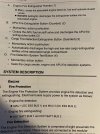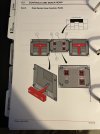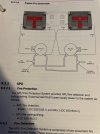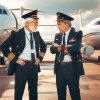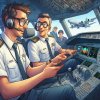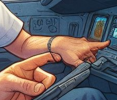Larry in TN
En-Route
You'd have battery power. Battery power can be used to start the APU. The APU generator will restore all electrical power.In one of the stories on this, it said that if the guy had successfully shut both engines down, there would have been no electric and no hydraulics. Would this have meant no control until restart?
Flight controls always have a backup. That can be manual reversion or a Ram Air Turbine (RAT) which provides hydraulic power for the flight controls. Every airplane I've flown with a RAT had an auto-deploy function when both engines are lost. They also all had a method to manually deploy the RAT if the auto system did not work.

